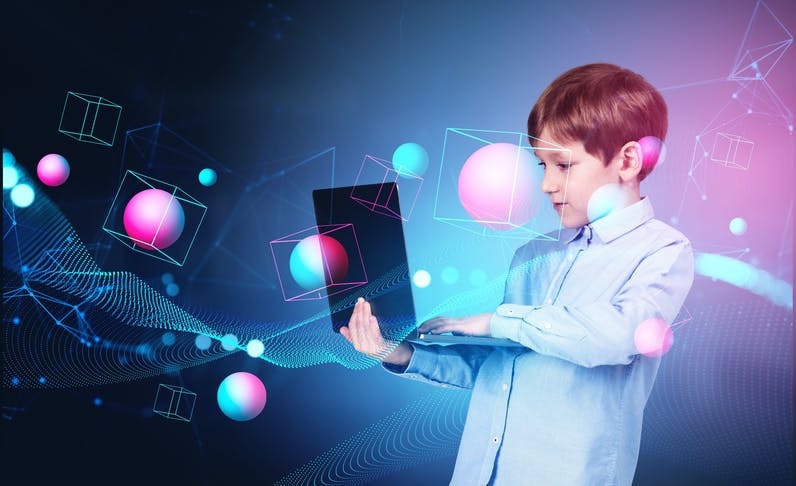In today’s rapidly evolving educational landscape, technology plays a pivotal role in transforming traditional learning paradigms and facilitating personalized education tailored to individual student needs. From adaptive learning platforms to virtual reality simulations, technological advancements are reshaping the way students learn, educators teach, and educational institutions operate. In this article, we will delve into the various ways technology is revolutionizing personalized education and its implications for the future of learning.
Harnessing Adaptive Learning Platforms
Adaptive Learning Algorithms
Adaptive learning platforms utilize sophisticated algorithms to analyze student performance data and deliver personalized learning experiences. By continuously assessing students’ strengths and weaknesses, these platforms adapt the content and pace of instruction to meet each student’s unique learning needs. For example, if a student struggles with a particular concept, the platform can provide additional practice exercises or targeted remediation to reinforce understanding.
Personalized Learning Paths
One of the key benefits of adaptive learning platforms is the ability to offer personalized learning paths tailored to individual students’ abilities and learning styles. Rather than following a one-size-fits-all curriculum, students can progress through the material at their own pace, focusing on areas where they need the most support and skipping over concepts they have already mastered. This personalized approach not only enhances student engagement but also fosters deeper learning and retention of knowledge.
Empowering Educators with Data-Driven Insights
Data Analytics in Education
Technology enables educators to harness the power of data analytics to gain valuable insights into student performance and learning outcomes. By analyzing data collected from various sources, including assessments, quizzes, and digital interactions, educators can identify trends, patterns, and areas for improvement. This data-driven approach allows educators to make informed decisions about instructional strategies, curriculum design, and intervention strategies to support student success.
Personalized Instruction and Feedback
With access to real-time data on student progress, educators can provide timely and targeted interventions to address individual learning needs. Whether through one-on-one tutoring sessions, small group activities, or personalized feedback on assignments, technology empowers educators to tailor their instructional approaches to meet the diverse needs of their students. By providing personalized support and encouragement, educators can help students overcome challenges, build confidence, and achieve academic success.
Fostering Collaborative and Interactive Learning Environments
Interactive Learning Technologies
Technology offers a wide range of interactive tools and resources that promote collaborative learning and active engagement in the classroom. From virtual reality simulations and gamified learning experiences to online discussion forums and collaborative project platforms, these technologies encourage students to actively participate in their own learning journey. By fostering collaboration, communication, and problem-solving skills, technology creates dynamic learning environments that prepare students for success in the digital age.
Blended Learning Models
Blended learning models combine traditional face-to-face instruction with online learning components to provide a flexible and customizable learning experience. Through a blend of in-person instruction, digital lectures, interactive activities, and self-paced modules, students can access educational content anytime, anywhere, and on any device. Blended learning models allow for greater personalization and customization of instruction, accommodating diverse learning preferences and individual student needs.
Conclusion
Technology has the power to revolutionize education by offering personalized learning experiences that cater to the unique needs and preferences of individual students. From adaptive learning platforms and data analytics to interactive tools and blended learning models, technology offers endless possibilities for transforming education and empowering students to reach their full potential. By embracing technology-enabled personalized education, we can create inclusive, equitable, and innovative learning environments that prepare students for success in the 21st century.

